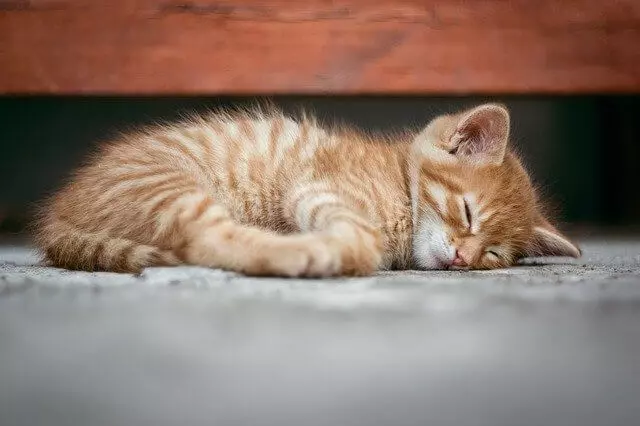Despite popular opinion, cats may be convinced to perform stunts if you know how to persuade them. Using a clicker to prepare a cat is the most straightforward method. Once the cat understands the link between the one-of-a-kind snap clatter sound a clicker makes and receiving a reward, you can move on to the next step. You may prepare a cat to shake hands in a variety of ways.
Showing your feline to react to a clicker
A clicker is a little plastic box with a piece of mixed metal inside. When the metal is squeezed, it generates a distinct crack rattle sound. The theory behind clicker training is that the cat will learn to associate a sound with a reward. The appealing aspect of a clicker is that it is a distinct sound that is solely associated with a reward. It is possible to prepare a cat with only words, but it is more difficult. Because you employ words in a disjointed and uncoordinated manner when speaking to your cat, the cat is unlikely to pay attention to them. If you use a command word, such as shake, this is a good illustration. The cat will most likely hear the word in many contexts and will recognize when it is used.
Find a treat
Cats can be picky eaters, and a food that your cat enjoys might not be appreciated by another. If you select ahead of time what kinds of treats your cat enjoys, the preparation will go faster and more successfully.
Pick a training time
When the cat is loose but not sleeping, and sitting close to you, it’s the ideal time for a clicker encounter. When the cat is paying attention, you may begin. It’s possible that your cat is drowsy if it just woke up. If this is the case, wait a few minutes before beginning to instruct the cat.
Train with the clicker
Press the clicker and give the cat a treat when it appears alert. Rep this process several times in a minute’s duration. Cats have a limited ability to concentrate, so don’t go much more than five minutes with your clicker meeting.
Repeat the session
Do another clicker session later in the day or the next day. Rehearse these sessions as usual until your cat associates the sound of the clicker with a treat. Each cat learns at its own rate, but most will understand the link between the clicker and the goodie after a few five-minute sessions. Maintain consistency by repeating the clicker meeting a few times a day, every day, until the cat learns to associate the clicker with the treat. You’ll be able to tell when your cat has made the connection because it will hopefully gaze at you and possibly lick its lips when you touch the clicker.
Here are some tips to train your cat to shake hands
Choose a period and spot to prepare your feline
When your cat has made the connection between the clicker and a treat, choose a time when it is both voluntary and comfortable. The time just before you would normally care for your cat is particularly good, because the promise of food to an excited cat will refine its responses. Work in a calm area with few interruptions so the cat may focus solely on you.
Click and reward
Press your clicker and give the cat a treat to help it to remember the association between the clicker and the food.
Take your cat’s paw
Gently lift one of your cat’s front paws. It is a smart thought to lift a similar paw each time. The cat will become familiar with the stunt all the more effectively on the off chance that you are predictable.
Click, command, and treat
While holding the paw in your hand, press your clicker with the other hand, and then provide your picked order word for the trick. Such as” shake”. Then give the cat a treat.
Release the paw and preference the cat
Discharge the cat paw and give it a few decent pets. This further fortifies you are satisfied with cat behavior and makes the preparation experience progressively pleasurable for the cat.
Reduce the treats overtime
Eventually, it will get superfluous to give a reward each time the stunt is performed. However, do reward the cat somewhere around each time so it doesn’t get disheartened. Always close every meeting with a treat.
Conclusion: You need consistency, patience, and treats to train a cat to shake hands.








